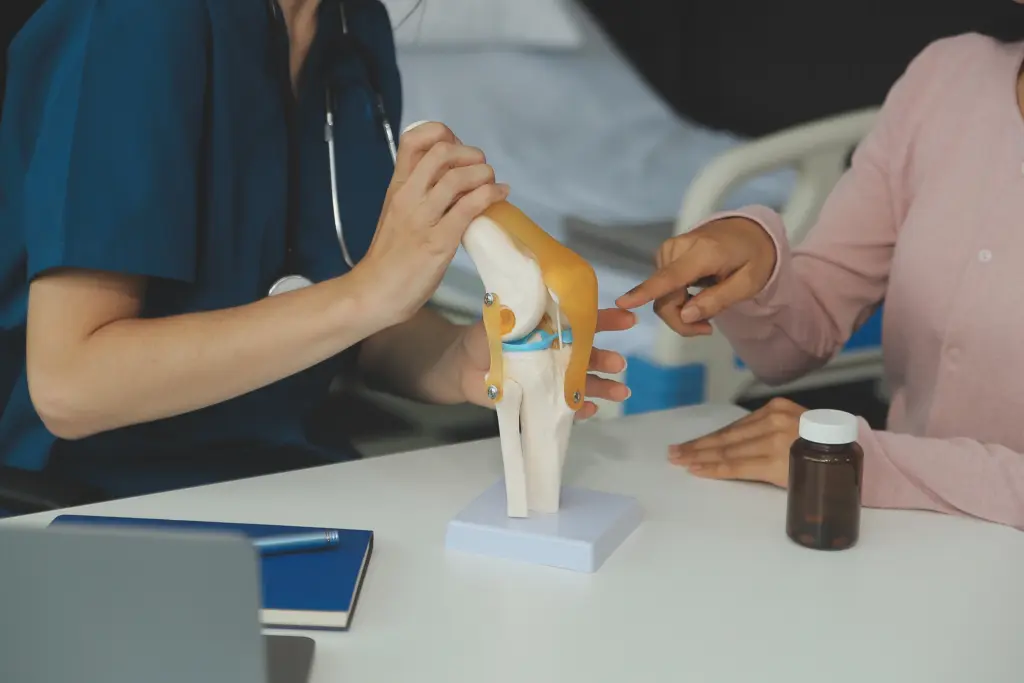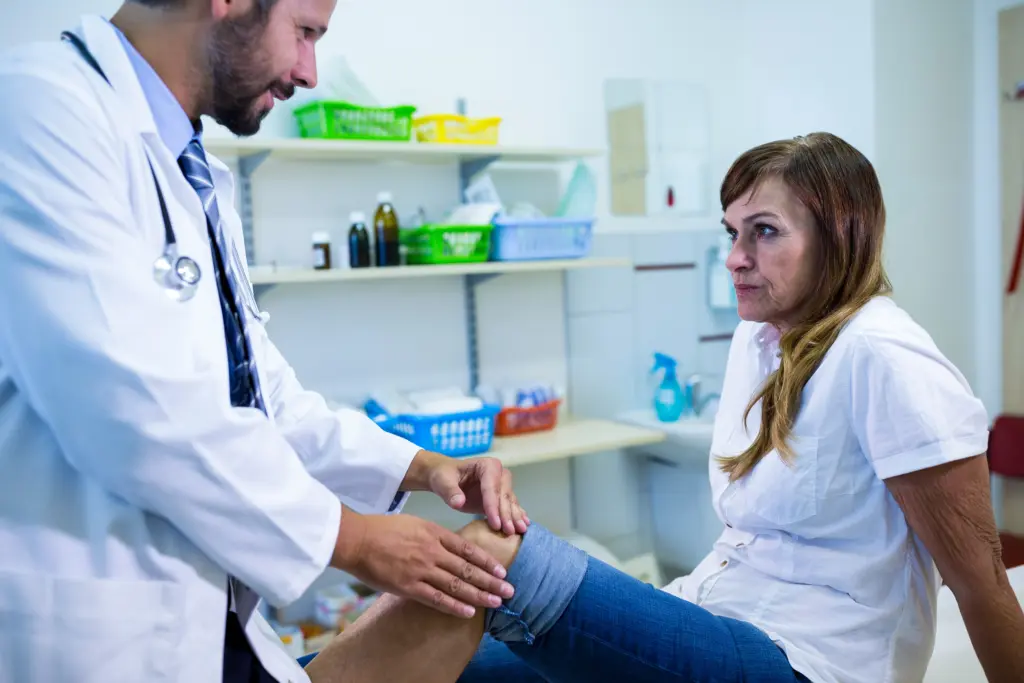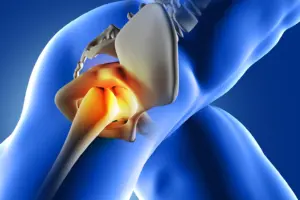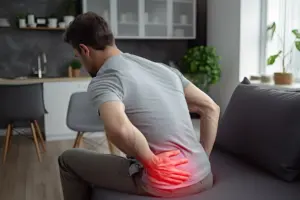
Primary vs. Secondary Osteoarthritis: Osteoarthritis is the most common type of arthritis. Stiff knees in the morning or sore hips after a walk are indications of osteoarthritis. But here’s where people often get confused: there’s primary osteoarthritis and secondary osteoarthritis. They sound similar, but they’re not the same thing. Let’s break it down without the medical jargon overload.
Primary Osteoarthritis: The “Wear-and-Tear” Kind
Think of primary osteoarthritis as the slow, natural erosion that happens to a favourite pair of sneakers. You didn’t step in a puddle of acid or run a marathon every day; the shoes just wore out from daily use. That’s what primary osteoarthritis is: age-related, gradual damage to your joints.
Also Read | From osteoarthritis to rheumatoid: Understanding the different types of arthritis
Most people start noticing it in their 40s, 50s, or later. The cartilage, which is supposed to cushion your bones, thins out over time. Once that padding starts breaking down, bones rub together, and that’s when pain, stiffness, and swelling set in.
The tricky part? You can’t always blame an accident, injury, or condition. It just happens. Your genetics, weight, and lifestyle might speed things up, but the root cause is simply time.
Secondary Osteoarthritis: The Aftermath
Now, secondary osteoarthritis is a different story. Instead of the body naturally wearing down, something causes the joint to deteriorate. Maybe you had a bad knee injury playing sports in your 20s. Or you broke an ankle years ago, and it never quite healed right. Over time, that trauma changes how your joints move, and the cartilage starts giving way faster than it should.
Apart from injuries, conditions like diabetes, gout, or even obesity can create extra stress on joints and trigger secondary osteoarthritis. Yes, your age does need to be considered, but secondary osteoarthritis can also be the clear culprit behind it.

Primary vs. Secondary Osteoarthritis: Why the Distinction Matters
You might be thinking, “Pain is pain, right? Does it really matter which type I have?” It matters because the treatment plans can shift depending on whether it’s primary or secondary.
If it’s primary osteoarthritis, doctors usually recommend lifestyle changes such as keeping a healthy weight, staying active (but not overdoing it), and maybe some physical therapy. The idea is to slow down the wear and tear.
With secondary osteoarthritis, the doctor would want to focus on addressing the underlying issue. For example, if an old injury is throwing your gait off, physical therapy or even surgery might be on the table; If it’s linked to a health condition like diabetes, managing that condition becomes part of the plan.
Also Read | Think you know arthritis? These common myths may surprise you
Primary osteoarthritis is like an old road cracking under decades of traffic. Secondary osteoarthritis is more like a road wrecked by a sudden storm or accident. Both leave potholes you can’t ignore, but the way you fix them isn’t always the same.
If your joints are giving you trouble, it’s worth asking your doctor which camp you fall into. Because once you know the “why” behind the pain, the path forward makes a lot more sense.








